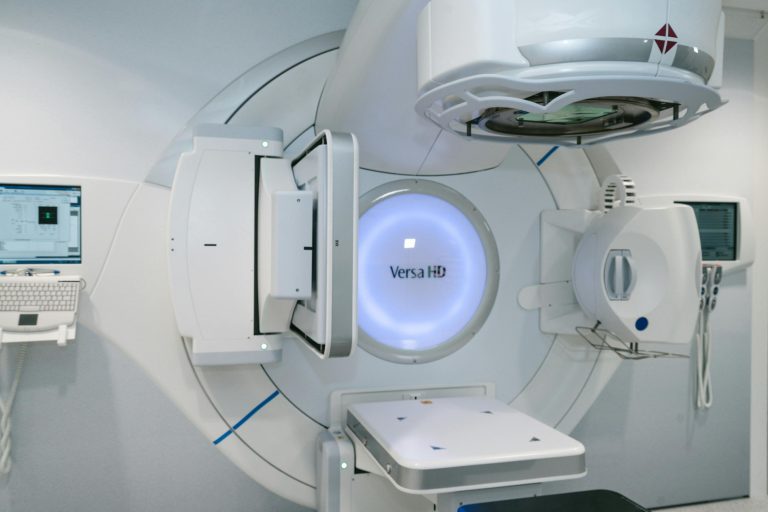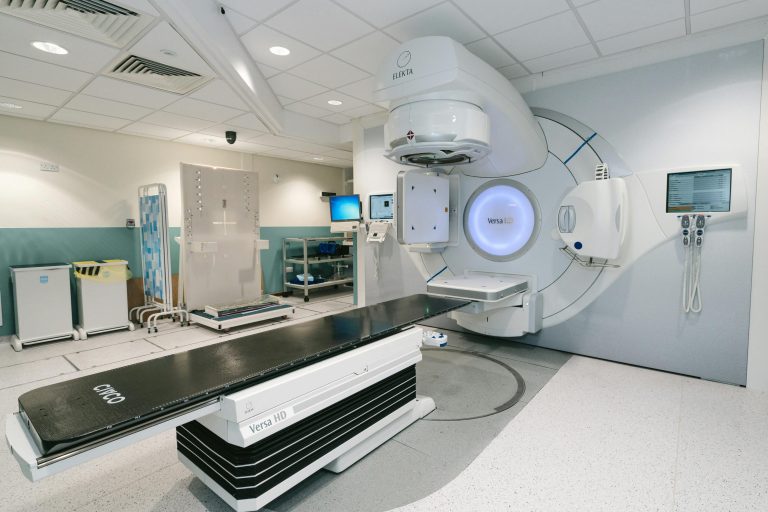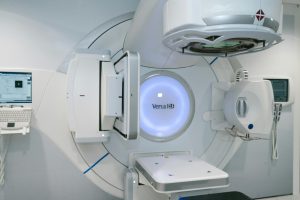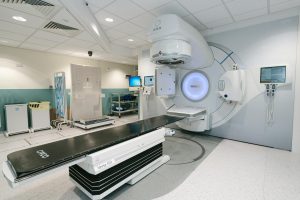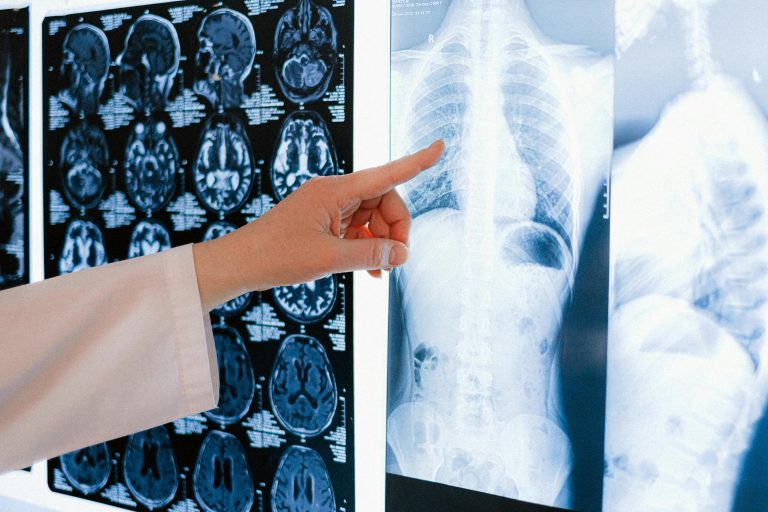A Transoesophageal echocardiogram (TOE or TEE) is a specialised echocardiography technique that uses high-frequency sound waves (ultrasound) to create detailed images of the heart and its structures. Unlike the standard transthoracic echocardiogram (TTE), where the ultrasound probe is placed on the chest wall, TOE involves inserting a flexible probe with an ultrasound transducer down the esophagus. This approach provides clearer images because the esophagus is located close to the heart, without interference from the ribs or lungs.
Procedure
The TOE procedure typically begins with administering a local anesthetic to numb the throat and, sometimes, a mild sedative to help the patient relax. The patient lies on their side, and the ultrasound probe is gently guided through the mouth and into the esophagus. As the probe moves down the esophagus, it captures real-time images of the heart from various angles. The procedure usually lasts about 30 to 60 minutes.
Uses and Applications
TOE is particularly useful for diagnosing and evaluating a variety of heart conditions, including:
Valvular Heart Disease: TOE can provide detailed images of the heart valves, making detecting abnormalities such as stenosis (narrowing) or regurgitation (leakage) easier. It is also instrumental in planning and guiding valve repair or replacement surgeries.
Congenital Heart Defects: TOE offers superior visualisation of complex structures and connections within the heart for individuals with congenital heart defects, aiding in accurate diagnosis and treatment planning.
Atrial Fibrillation: TOE is often used to detect blood clots in the left atrium or left atrial appendage in patients with atrial fibrillation, a common arrhythmia. Identifying clots is crucial before cardioversion (a procedure to restore normal heart rhythm) to prevent stroke.
Endocarditis: This infection of the heart valves and inner lining can be better visualized with TOE, which helps detect vegetation (infected masses) and assess the extent of the infection.
Aortic Pathologies: TOE provides detailed images of the aorta, aiding in diagnosing aortic dissection (a tear in the aorta’s inner layer) and aneurysms (abnormal dilation of the aorta).
Cardiac Masses and Tumors: TOE can identify and characterise masses within the heart, such as tumours or thrombi (blood clots), providing valuable information for further management.
Intraoperative Monitoring: During cardiac surgery, TOE is often used to monitor heart function and guide surgical interventions in real-time, ensuring optimal outcomes.
Advantages
One of TOE’s primary advantages is its ability to produce high-resolution images of the heart and surrounding structures. This leads to more accurate diagnoses and better-informed treatment decisions. Its proximity to the heart allows for clearer visualization of structures that may be challenging to see with transthoracic echocardiography.
Risks and Considerations
While TOE is generally safe, it does carry some risks, primarily related to the insertion of the probe into the esophagus. Potential complications include throat discomfort, injury to the esophagus or surrounding structures, bleeding, and adverse reactions to sedatives. However, these complications are relatively rare.
Preparation and Aftercare
Patients are usually advised to fast for several hours before the procedure to reduce the risk of aspiration (inhaling stomach contents). After the procedure, they should avoid eating or drinking until the anesthetic wears off to prevent choking. Mild or sore throat discomfort is common and typically resolves within a day or two.
Transoesophageal echocardiogram (TOE) is a powerful diagnostic tool in cardiology, offering detailed and precise images of the heart’s structures. Its ability to provide superior visualization makes it invaluable in diagnosing and managing a wide range of cardiac conditions. Despite the minor risks associated with the procedure, the benefits of accurate diagnosis and improved treatment outcomes make TOE a crucial component of modern cardiac care.


